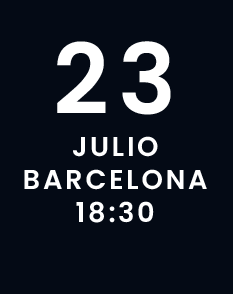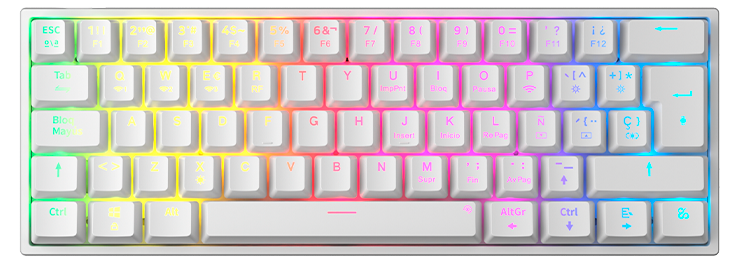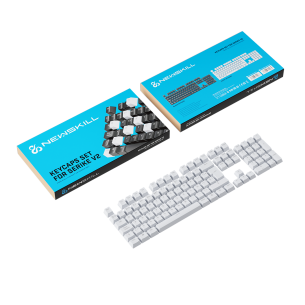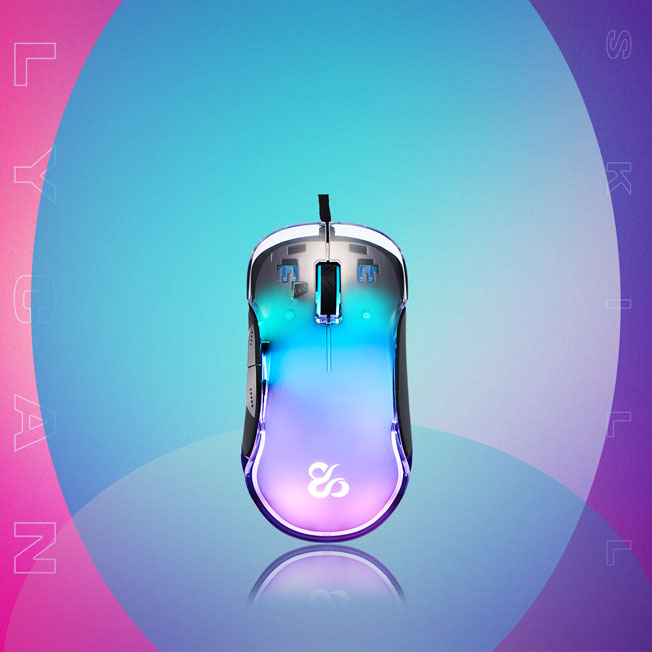Your cart
There are no more items in your cart-

_1.png)

 VEN A CONOCERNOS Y PARTICIPAEN EL SORTEO EN DIRECTODEL MEJOR PACK GAMING DEL VERANO
VEN A CONOCERNOS Y PARTICIPAEN EL SORTEO EN DIRECTODEL MEJOR PACK GAMING DEL VERANO ¡VEN, PARTICIPA Y GANA!
¡VEN, PARTICIPA Y GANA! -

 YA DISPONIBLES
YA DISPONIBLES


-




 YA DISPONIBLE
YA DISPONIBLE -


.png)
.png)
.png) DESCÚBRELOS
DESCÚBRELOS -














-
















Gaming Chairs
Maximum comfort for your gaming sessions
Gamer Chairs
Newskill Takamikura V2 Red - Gaming Chair | Breathable Fabric | Lumbar and Neck...
FREE shipping in 24 working hours €249.95
Gamer Chairs
Newskill Takamikura V2 Grey - Gaming Chair | Breathable Fabric | Lumbar and Cervical...
1 Reviews
FREE shipping in 24 working hours €249.95
Gamer Chairs
Newskill Banshee professional gaming chair
1 Reviews
FREE shipping in 24 working hours €349.95
Gaming Keyboard
Precision and style
Gaming Keyboards
Newskill Gungnyr Pro Ivory optomechanical RGB gaming keyboard with interchangeable...
5 Reviews
FREE shipping in 24 working hours €144.95
Gaming Keyboards
Newskill Serike V2 Key Set White | 104 ABS double injection keys
FREE shipping in 24 working hours €32.95
Gaming Keyboards
Newskill NEWSWITCH | Set 20 pcs|Mechanical Keyboard Switch - Green (Clicky)
FREE shipping in 24 working hours €14.95
Gaming Keyboards
Newskill Gungnyr TKL Pro optomechanical RGB gaming keyboard with interchangeable switches
5 Reviews
FREE shipping in 24 working hours €139.95
Gaming Keyboards
Newskill Serike TKL V2 Black - Mechanical Gaming Keyboard : RGB : Aluminium Chassis :...
FREE shipping in 24 working hours €103.95
Gaming Keyboards
Newskill Serike V2 White - Mechanical Gaming Keyboard : RGB : Aluminium Chassis :...
FREE shipping in 24 working hours €118.95
Gaming Keyboards
Newskill NEWSWITCH | Set 20 pcs|Mechanical Keyboard Switch - Red (Linear)
FREE shipping in 24 working hours €14.95
Gaming Keyboards
Newskill Interchangeable Optomechanical Gateron Switches
5 Reviews
FREE shipping in 24 working hours €12.95
Gaming Mice
Unmatched speed and precisionr
Gaming Mice
Newskill Arakne Elite Wireless RGB Gaming Mouse 16.000 DPI
6 Reviews
FREE shipping in 24 working hours €81.95
Gaming Mice
Newskill Habrok Gaming Mouse RGB 16000 DPI
5 Reviews
FREE shipping in 24 working hours €59.95
Gaming Mice
Newskill Eos Ivory Professional Gaming Mouse RGB 16000 dpi
5 Reviews
FREE shipping in 24 working hours €70.95
Gaming Mice
Newskill Arakne Tournament RGB Gaming Mouse 16.000 DPI Customizable Weight
5 Reviews
FREE shipping in 24 working hours €61.95
Gaming Mice
Newskill EOS Gaming Mouse Professional RGB 16000DPI
18 Reviews
FREE shipping in 24 working hours €70.95
Gaming Mice
Newskill Helios RGB Gaming Mouse RGB 10000DPI
7 Reviews
FREE shipping in 24 working hours €39.95
Gaming Mice
Newskill Arakne Elite Ivory Professional RGB Wireless Gaming Mouse 16,000 DPI with...
6 Reviews
FREE shipping in 24 working hours €81.95
Gaming Mice
Newskill Lycan Gaming Mouse Transparent RGB 16000DPI
5 Reviews
FREE shipping in 24 working hours €64.95
Gaming Headsets
Hear every detail of the game
Gaming Headsets
Newskill Sylvanus PRO Gaming Headset with Virtual Surround Sound 7.1
5 Reviews
FREE shipping in 24 working hours €77.95
Gaming Headsets
Newskill Drakain Multi-Platform RGB Stereo Gaming Headphones
5 Reviews
FREE shipping in 24 working hours €58.95
Gaming Headsets
Newskill Sobek RGB Gaming Headset
7 Reviews
FREE shipping in 24 working hours €59.95
Gaming Headsets
Newskill Kimera V2 Ivory Gaming Headset 7.1 RGB White PC/PS4/PS5
5 Reviews
FREE shipping in 24 working hours €86.95
Gaming Headsets
Newskill Scylla Ivory Wireless Gaming Headset PC/PS4/PS5/Switch/Xbox One/Xbox Series X/S
5 Reviews
FREE shipping in 24 working hours €113.95
Gaming Headsets
Newskill Sobek Ivory Gaming Headset RGB
5 Reviews
FREE shipping in 24 working hours €59.95







































.jpg)

